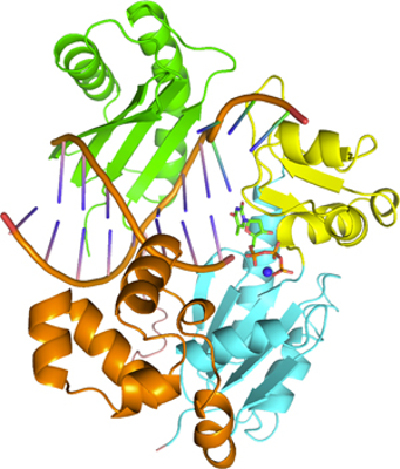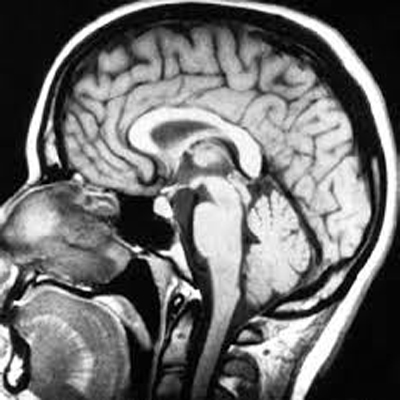Development Activities - Emerging areas
“The potential for doing biology that intersects with our local environment, whether it is our ecological or the clinical environment is now a reality. With the existence of different modes of doing research, individual laboratory based science (NCBS), research themes (inSTEM), supported by the availability of appropriate technology (CCAMP), this environment has the potential to do transformative work”. Prof. Satyajit Mayor, Director, NCBS and inStem.
|
|
Chemical Ecology Program The Chemical Ecology Program focuses on a relatively new field of research in India and will result in the molecular characterization of interactions between various organisms (microbes, plants or animals). Such interactions and their understanding will impact many fields of biology, including agriculture (through their influence on pollination, crop size, and pest borne diseases), medicine (e.g. understanding the chemical basis of traditional medicine or how insect disease-vectors identify their mammalian hosts) and biotechnology (designing strategies for better crops through facilitating pollination, pest and disease transmission control). The chemical ecology program is interdisciplinary in nature, as it draws from ecology, evolution, chemistry, neuroscience, behavior and natural history. This makes the field contextual and therefore chemical ecology research needs to be conducted in places with rich organismal interactions. |
|
|
Structural biology Program Structural Biology is the general term used to understand the function of biological molecules from the arrangement of the atoms that make up the molecules in three dimensions. The primary techniques used are X-ray crystallography, Nuclear Magnetic Resonance Spectroscopy and Electron Microscopy. All of these techniques also rely on the ability of researchers to produce large quantities of pure biological molecules (often proteins). The last year has seen a tremendous increase in infrastructure in the campus structural biology program. We now hope to enhance our capabilities in single particle Electron Microscopy and tomography. The coming together of all the different structural biology techniques under one umbrella provides exciting opportunities for asking scientific questions that cannot be answered by any one technique alone. We expect exciting science in the next five years from the core structure biology groups and hope that biologists on our campus can begin to use structural biology as a powerful tool in their individual research programs - connecting structure to function. |
|
|
Discovery Biology of Neuropsychiatric Disorders Psychiatric disorders are a group of chronic disorders which affect about 2-3% population of young adults in India and across the world. Majorly, the genetic defects under the influence of environmental factors are attributed to the onset of psychiatric disabilities. We are developing a collaborative program jointly with clinicians at NIMHANS to probe mental illness at clinical and basic levels, with the goal of uncovering novel strategies for identifying and managing these disorders. Our researchers are working with the clinicians to develop a platform for investigating the cellular and molecular basis of psychiatric disorders in Indian population. DBNS aims to devise novel solutions for diagnosis and treatments of neuropsychiatric problems. Cutting-edge stem cell technology will be used to derive patient neuronal cell lines for genetic analysis and cell based assays in conjunction with information from large scale clinical analysis and this would collectively enhance understanding of the relationship between cellular phenotypes with disease progression. |
 |
Big Data Life sciences researchers today are confronted with petabytes of high-throughput data emerging from medical andmicroscopy imaging, high-speed behaviour and physiology data, spectroscopy, field and GIS datasets, and multiple sources. Rapid advances in technology have made it possible to generate and examine biological data on an unprecedented scale using statistical and computational tools. Biologists today need access not only to the means to generate such data but to analyze and utilize it for new breakthroughs. This requires concomitant training of the next generation of biology researchers and developing innovative means of data storage, transfer, mining and management. Research at the Bangalore BioCluster is diverse and complex and requires a carefully constructed computational infrastructure. The wide range of data emerging from structural biology, sequencing, microscopy, clinical research data, field stations and drug discovery require sophisticated tools, technology and people as a necessary infrastructure on campus. We hope to create such a system for our researchers. |





